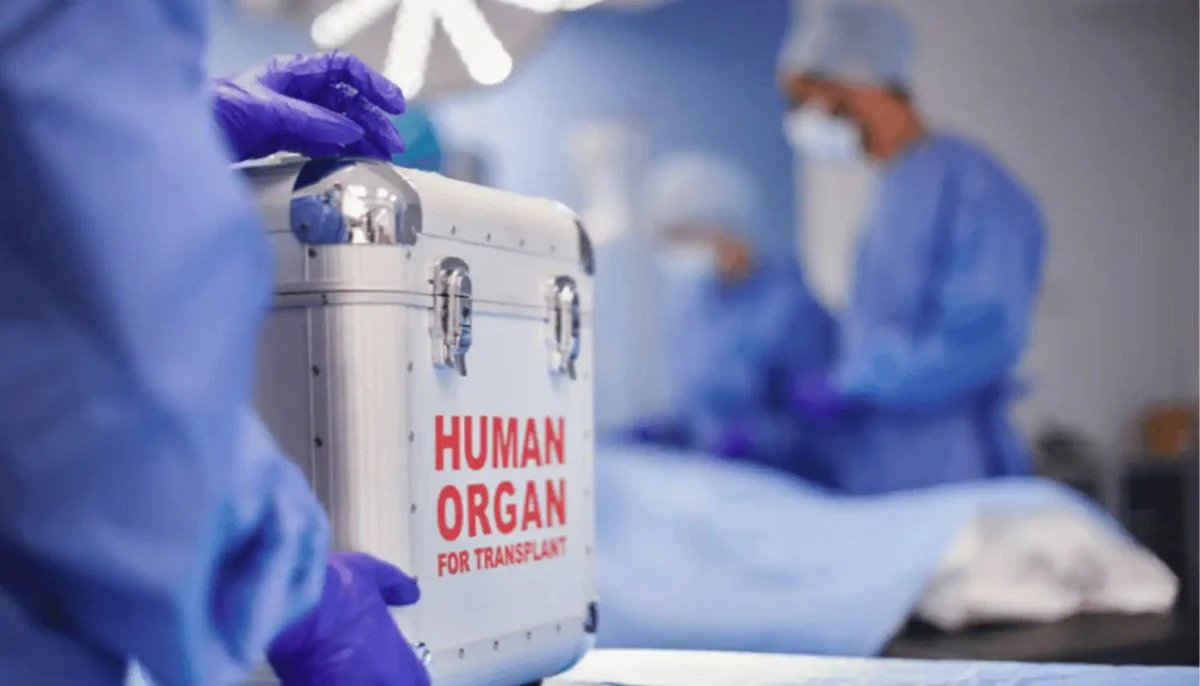Imagine spending hours preparing for a life-saving organ transplant.
Only to find out the donor didn’t pass away in time for the organ to be usable.
It sounds grim, but it’s a reality that wastes huge amounts of time, money, and hope. Now, an AI tool from Stanford may finally change that.
Researchers have built a machine-learning model that predicts whether a donor will die.
The prediction is for the crucial 45-minute window needed to keep a liver viable.
That decision currently relies on surgeons’ judgment — and in nearly half of these cases, the transplant setup ends up being in vain.
The new AI system? It slashes those wasted efforts by 60%.

“By identifying when an organ is likely to be useful before any preparations for surgery have started, this model could make the transplant process more efficient.
This was said by Dr Kazunari Sasaki, the study’s senior author.”
AI Saves Lives
More efficiency means more lives saved — and fewer heartbreaking cancellations.
Trained on data from over 2,000 donors, the tool analyses neurological, respiratory, and circulatory signals.
It forecasts a donor’s progression to death more accurately than humans can. Even with missing data, it held strong.

Published in The Lancet Digital Health, the breakthrough could ease pressure on overstretched transplant centres.
It could also give waiting patients a better shot.
And the team isn’t stopping at livers. Hearts and lungs may be next.
Sometimes, the smartest lifesaver in the room might just be an algorithm.





